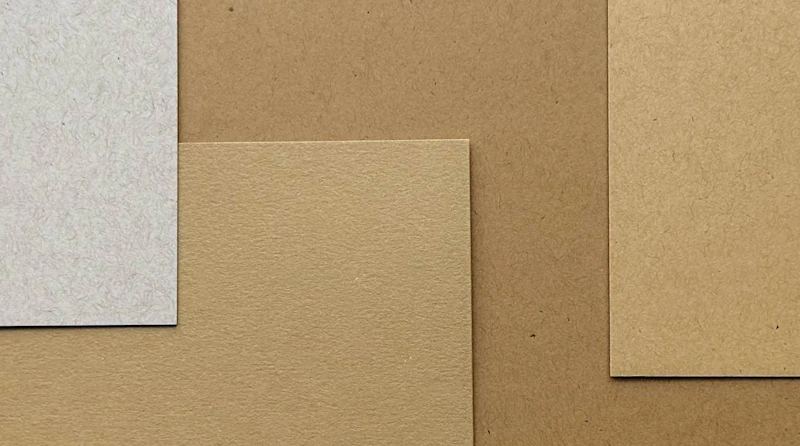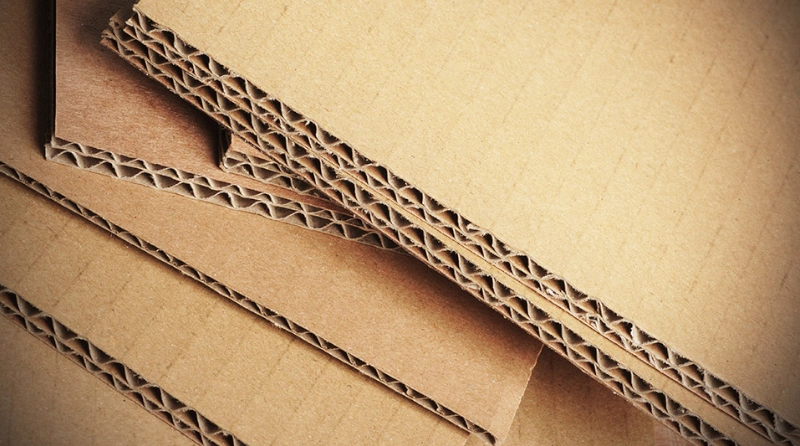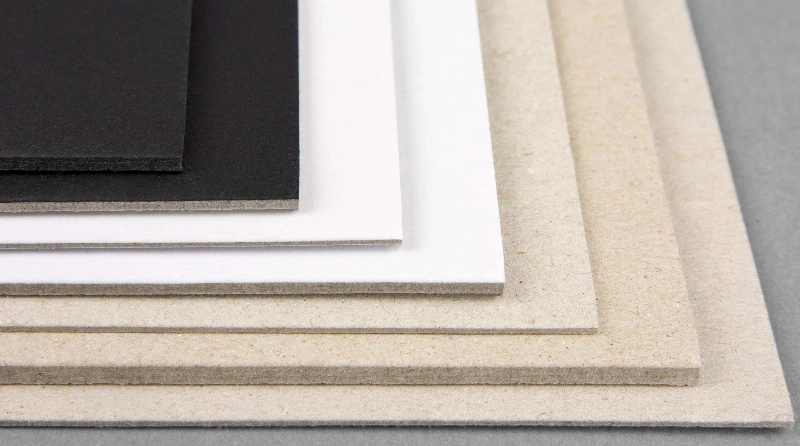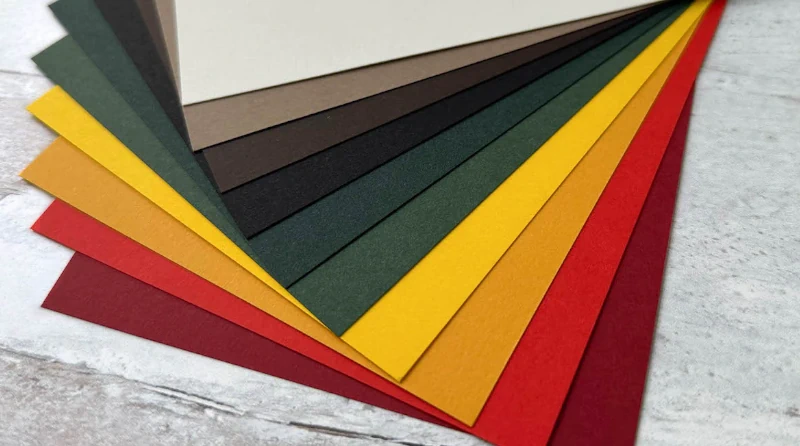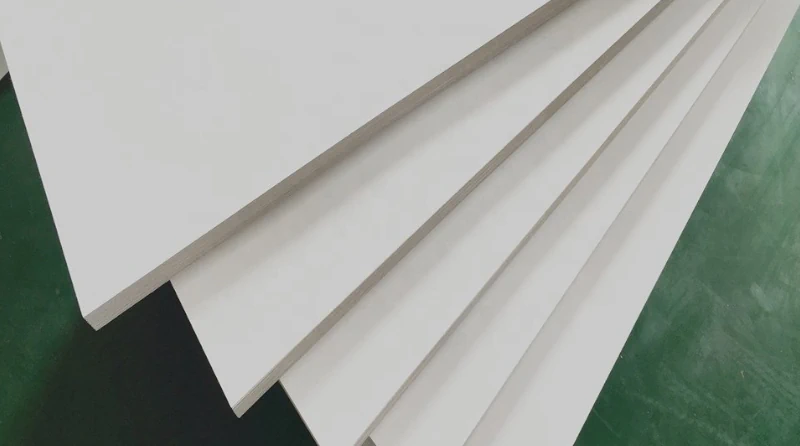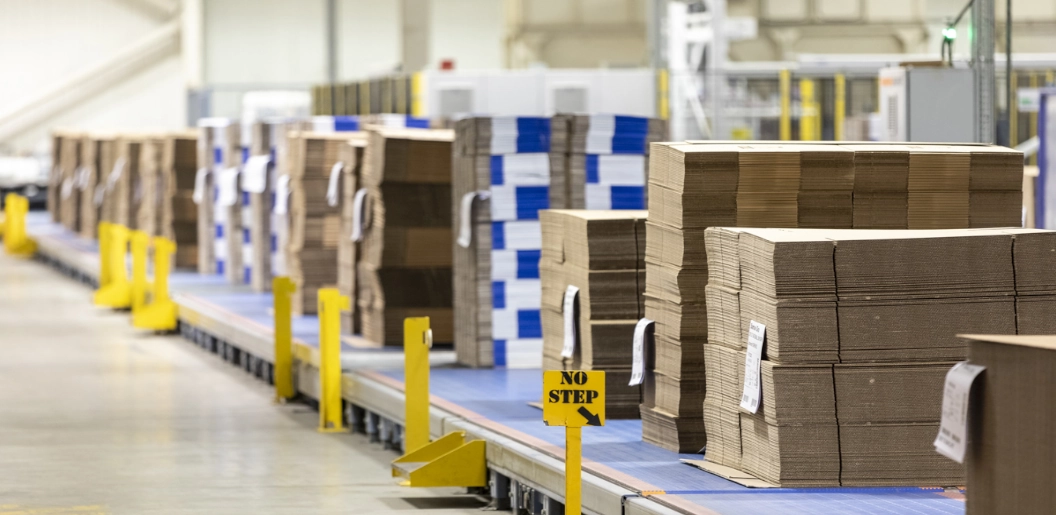Latest posts
-
What is Kraft Paper?
February 14, 2024Kraft paper is a kind of paper that is produced using the kraft process, a technique that includes the chemical pulping of wood fibers. It was first introduced by Carl Dahl in 1879. The word “kraft” is derived from the German phrase that means “power,” reflecting the energy and sturdiness of the paper produced through […]
Read More -
What is Corrugated Cardboard?
January 24, 2024Corrugated cardboard boasts a rich history spanning over two centuries, and its intriguing origins continue to captivate modern minds. Corrugated cardboard features a distinctive composition, a fluted layer securely bonded between two robust cardboard sheets. The versatility of this packaging marvel lies in the ability to enhance its structural strength by increasing the number of […]
Read More -
What is Rigid Stock?
January 3, 2024Rigid stock is characterized by its robustness and resistance to bending or folding, which represents the structural integrity and protection of the packaged items. Solid stock is regularly used for high-end product packaging, including luxury gift boxes, electronics packaging or cosmetic packaging where a large and fantastic experience is preferred. Why do Luxury Products need […]
Read More -
What is Cardboard?
January 2, 2024Cardboard is a vеrsatilе and commonly used material in the packaging industry, known for its strength, durability, and rеcyclability. Comprising layеrs of papеr pulp prеssеd togеthеr, it is a type of papеrboard that can vary in thicknеss. Its usеs rangе from packaging boxеs to display matеrials and bеyond. The corrugatеd variant, with its distinctivе wavy […]
Read More -
What is Paperboard?
December 29, 2023Paperboard is a versatile and thick paper-based material renowned for its rigidity and strength. Composed of compressed layers of paper fibers, it finds extensive use in packaging, graphics, and various consumer goods. Paperboard is available in various thicknesses and is an ideal substrate for product packaging, cartons, and displays. Its versatility allows easy printing, making […]
Read More -
5 Best Packaging Companies in South Africa
August 17, 2023Are you looking for the best packaging companies in South Africa? Packages play a crucial role in the sale of all products, no matter what they are. Packages serve the same purpose, whether they are for food, retail, electronic, or cosmetic items. Your everyday life revolves around packaging if you take a closer look at […]
Read More

